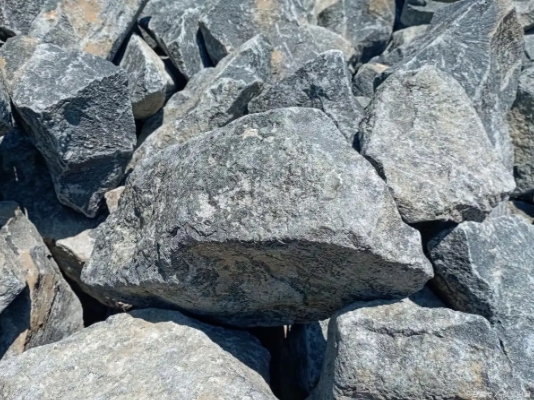Industry news
What are the types of phosphate rock in nature?
Main Types of Phosphate Rock in Nature
Phosphate rock, an important chemical raw material and source of agricultural fertilizer, is primarily classified into three types in nature: sedimentary phosphate rock, magmatic apatite, and metamorphic apatite. Sedimentary phosphate rock accounts for over 85% of global reserves and is the primary form of phosphate rock.

Sedimentary phosphate rock forms in ancient marine environments, formed by the co-deposition of phosphate minerals along with carbonates, silicates, and other materials. It is primarily found in Yunnan, Guizhou, Sichuan, and Hubei. This type of ore is often found in layers or nodules, with a phosphorus grade typically ranging from 15-30%. It requires beneficiation to improve its grade before it can be used in industrial production. Magmatic apatite forms in igneous rocks, often associated with alkaline and carbonate rocks. Its characteristic is its high degree of crystalline phosphate minerals, but its distribution is relatively narrow, accounting for only approximately 14% of global reserves.
Metamorphic apatite, formed from primary apatite rock through regional metamorphism, exhibits significant mineral recrystallization and is commonly found in Precambrian metamorphic rock series. This type of ore has high phosphorus grades, but reserves are limited. Additionally, there are smaller deposits of biogenic struvite, primarily formed in island regions, but due to limited resources, these deposits are now largely depleted. Phosphate ores of different origins exhibit significant differences in mineral composition, structural structure, and processing properties, directly impacting the selection and utilization efficiency of mineral processing technologies.
Categories
News
Contact Us
Contact: XKJ GROUP
Phone: 0086 138 3714 0277
Tel: 0371-65751333
E-mail: sales01@xkjgroup.com
Add: Xing yang city, Zheng zhou city, Henan province, China